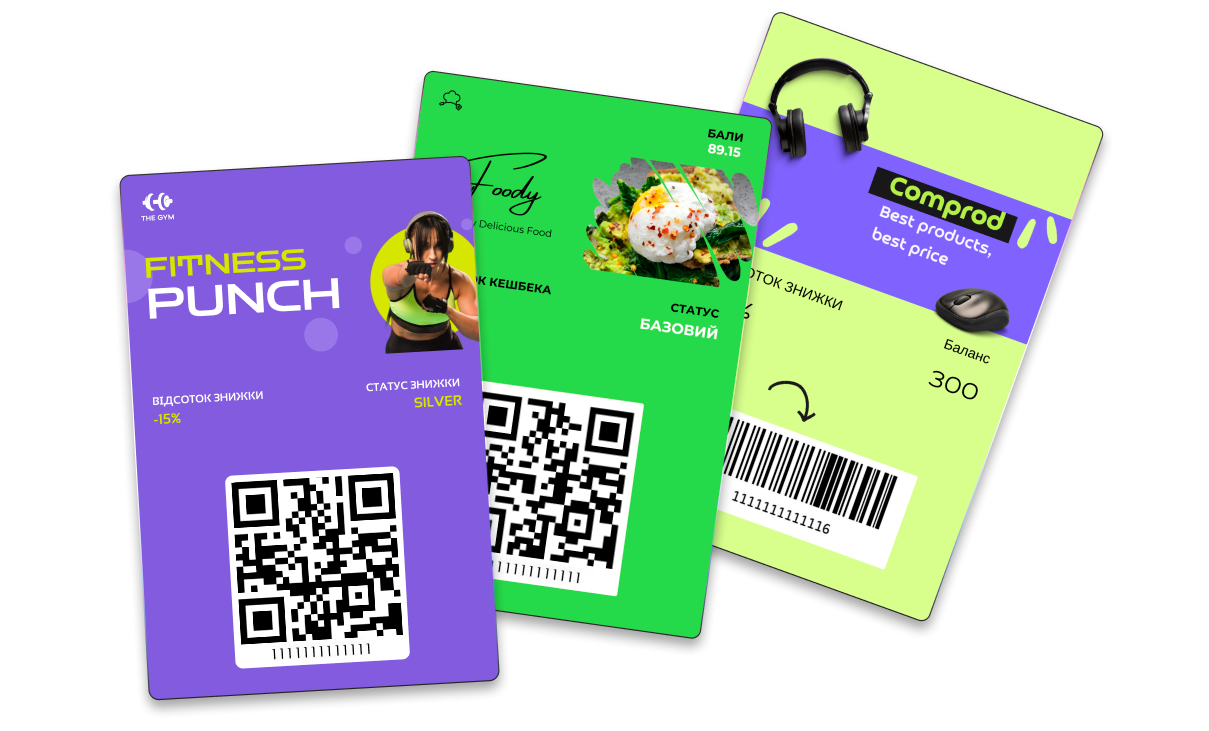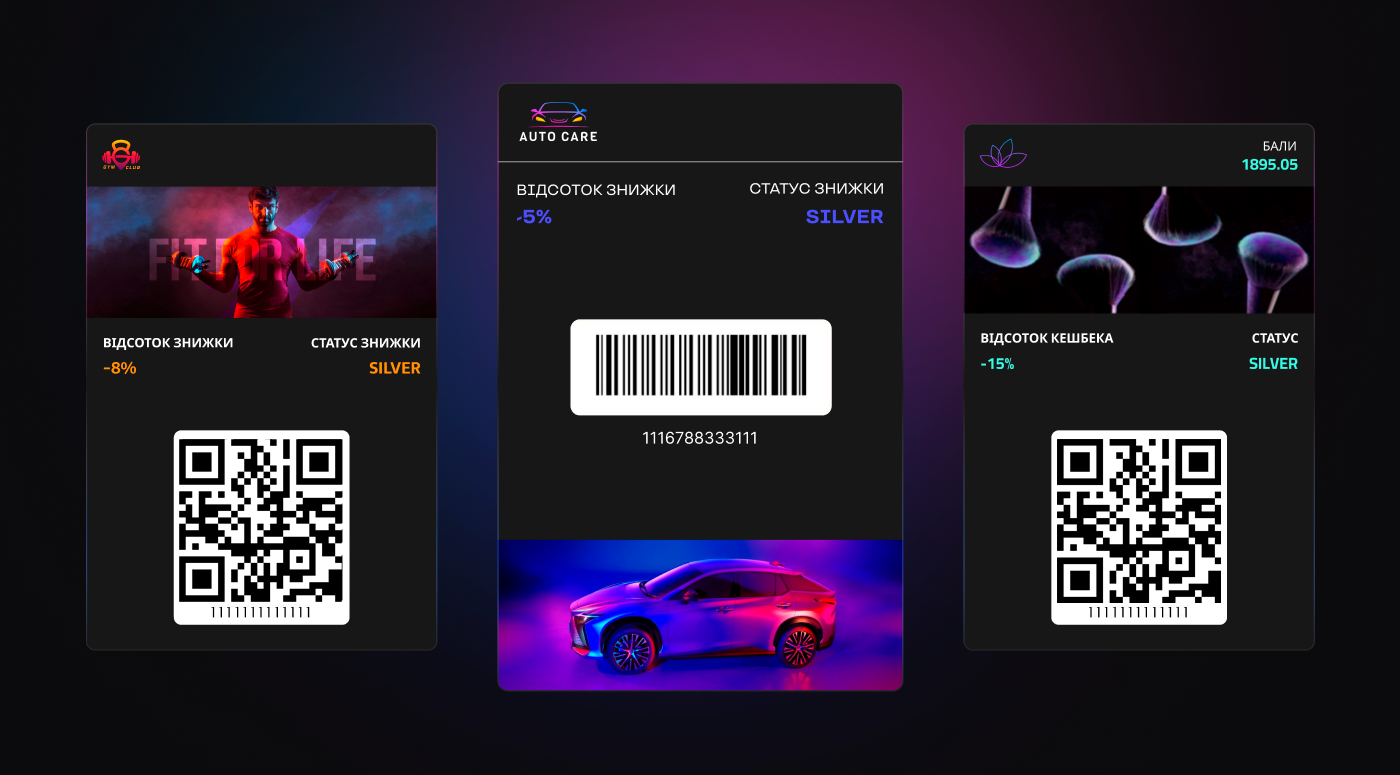
How to launch a loyalty program in 6 steps and avoid mistakes
In this article, you will receive a universal road map consisting of 6 simple steps, which is applicable in many areas of business - from food delivery to E-commerce and the service sector.







Step 1. Setting goals and forming expectations
With all the promotions, bonuses and discounts that surround us, it is almost impossible to find two identical loyalty programs. The point is that every business is unique, as are its goals, values, resources and corporate culture. However, the sequence of steps you need to take to run a successful loyalty program is always the same.
Any loyalty system is a tool. And it must be understood that it cannot have its own purpose, but there are possible scopes of application in business, depending on the mechanics you plan to use. Therefore, first of all, you need to think about what specific results you can achieve with such a tool. The most common mistake at this stage is vague wording.
If the goal does not have measurable indicators, then it should be changed. Let's say you want to launch "The Most Profitable Loyalty Program". But how will you understand that it has become so, or what increase in profit will suit you? It will be much more correct to form goals in the following format: "Increase the total sales figure by 20%" due to three factors:
- Changes in the behavior of the target audience.
- Increase in CA profitability.
- Reduction of operating costs.
This will allow you to understand whether the goal was achieved, and if not, what actions should be taken to change it.










Step 2. Study of the market and needs of CA
Very often, companies, especially large ones, do not know their customers well. Most often, the image of their target audience is limited to meaningless numbers: men and women aged 30-45.
But if you want a loyalty program to get a good response, you need to offer customers something of real value — something that can grab their attention and motivate them to make a purchase. To do this, it would be good to learn about the needs of your audience, and you can do this in several ways:
- Conduct research and gather information on the Web. The source of data, for example, can be customer reviews on the website and comments on social networks.
- Organize customer surveys. In-depth interviews will help you understand what drives your customers, attracts them or, on the contrary, repels them.
- Contact a consulting company. Specialists will help you collect all the necessary information about customers and segment the target audience.
A common mistake at this stage is to rely only on transactions. Of course, data on real consumer behavior is very important and informative, but it does not answer the main question - what exactly made the customer make a purchase and why exactly from you.




Step 3. Development of loyalty mechanics
Loyalty mechanics are the rules by which the bonus system works. Depending on your goals, they can be aimed at attracting new customers, retaining existing ones, or increasing your average check.
However, in any case, mechanics consist of two main parameters: a condition and a reward. At the same time, the reward can be both material and non-material.
During the development of the rules, many companies make one serious mistake, "overloading" the loyalty system with many algorithms, conditions and bonus accrual options. A more correct solution will be to create simple and clear mechanics that will allow the consumer to understand his benefit at a glance. With this approach, you will be able to attract the highest possible number of participants and reduce marketing costs.


Step 4. Building a financial model
When the mechanics are carefully thought out, it is possible to proceed to the formation of the economic model of the loyalty program. And first of all, it is necessary to decide from which source it will be financed.
There may be several options here. For example, costs can be included in the margin of goods, take funding from the marketing budget, or partially transfer costs to partners and suppliers. In this, it is important to take into account both the costs of using the bonus system and operational costs.
A common mistake at this stage is to launch a loyalty program in a climate of austerity and inflated financial expectations.
The probability of achieving the desired results with such an approach is seriously reduced, which may eventually lead to the complete closure of a promising bonus system. Therefore, to evaluate the effectiveness of the program in the first stages, it is worth using non-financial indicators: the number of participants who joined, the completeness of filling out client profiles, the ratio of accrued and debited bonuses, and others. This will make it clear that the project has been launched correctly, it is interesting to users and is developing at the right pace.




Step 5. Automation of the loyalty system
Working with the loyalty system manually is a resource-consuming and inefficient task. Therefore, even before launching the program, you should think about its automation with the help of specialized IT platforms, such as EfirCards. For example, with the help of our service you can:
- Create virtual discount cards with a unique design and different types of rewards that your customers can add to their Apple Pay and Google Wallet wallets.
- Integrate the loyalty program with the cash register system for automatic accrual/debit of bonuses.
- Work with different segments of the target audience.
- Start trigger mailings, including geopush.
- Start mass mailings in a few clicks.
- In real time will monitor the effectiveness of the bonus system.
Together, this will minimize the operational burden on your staff, increase interest in the loyalty program from customers and facilitate the distribution of bonus cards through the use of modern technologies.



Step 6. What to do after launch?
The most important thing after launching a loyalty program is not to let everything go by itself.
Regularly monitor analytics to identify any deviations from initial plans and optimize economic performance in a timely manner.
To do this, you can change combinations of rules, add new mechanics, or increase the impact on the CA segments that interest you.





































